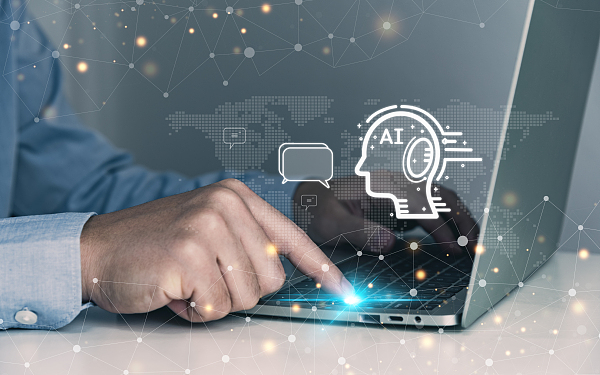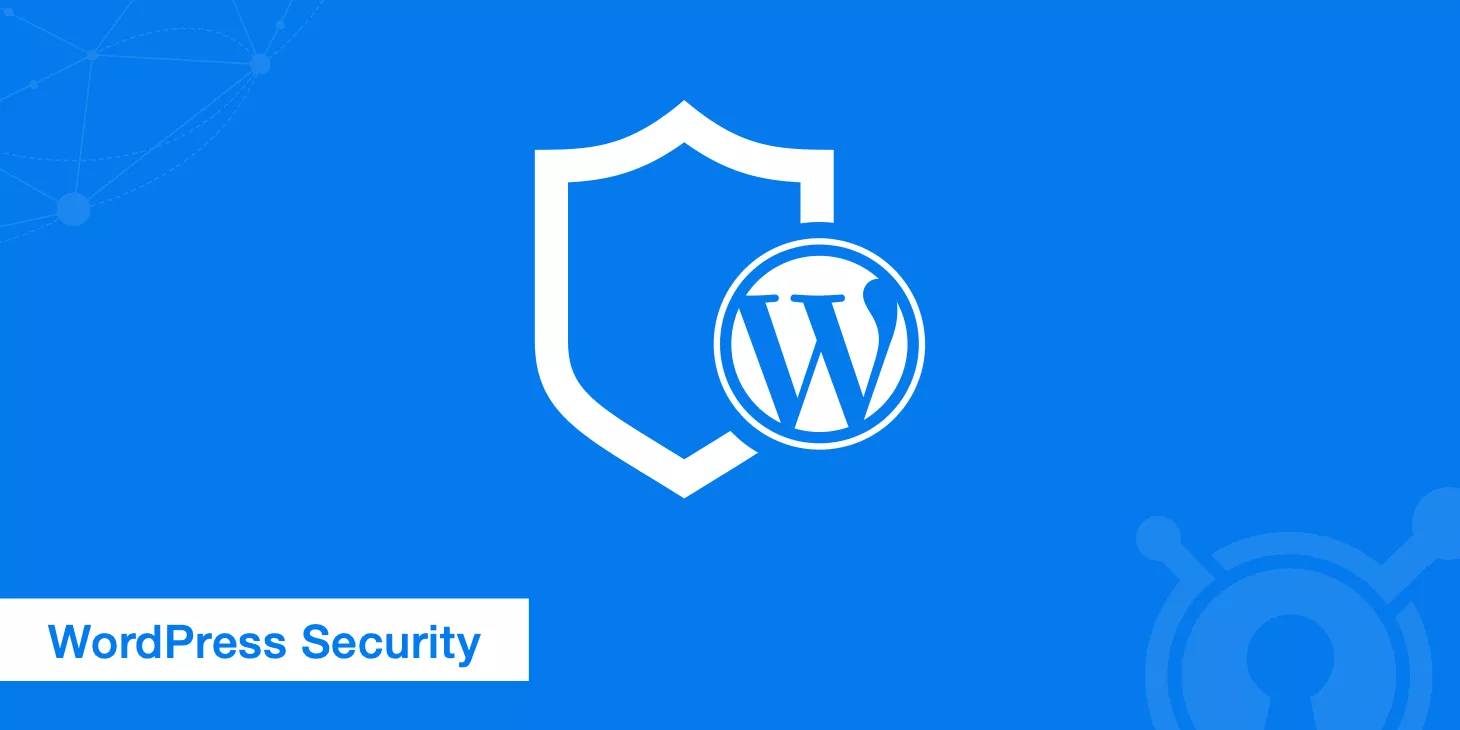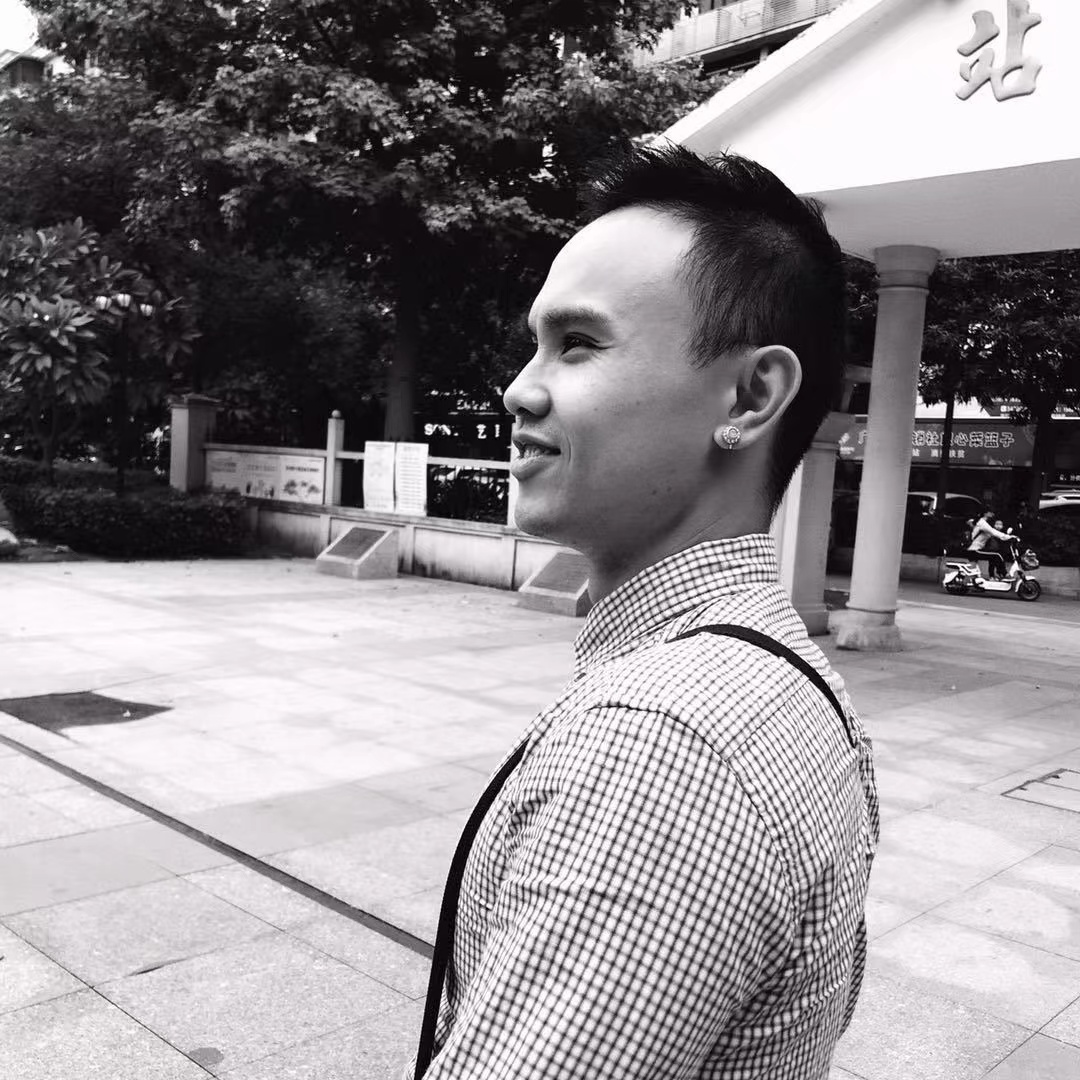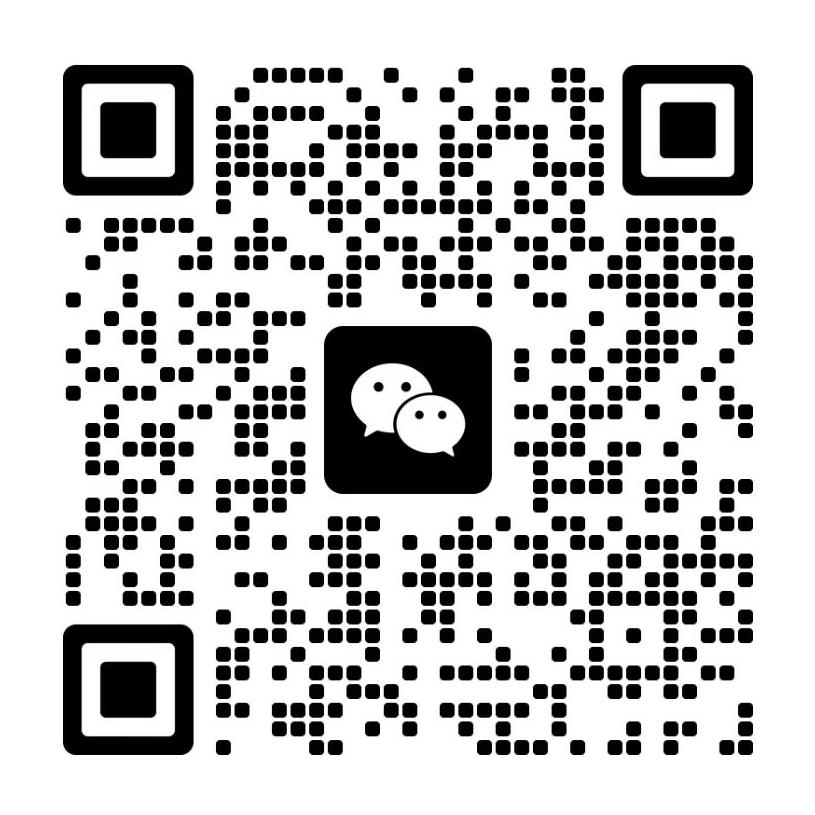As AI art tools go mainstream, over 67% of marketers have started using platforms like Midjourney in their work—but debates around whether “Google suppresses AI-generated images” and whether we need to disclose the source continue to heat up.
Tests show that image search traffic can fluctuate by up to 41% for images without AI attribution, while sites that follow best practices saw a 22% increase in click-through rates.
How does Google actually “understand” images? This article breaks down the algorithm behind it.

Table of Contens
ToggleHow Google Detects AI-Generated Images
When you create a stunning image on Midjourney, do you ever worry that Google might “see through it” and lower your page ranking?
While Google has never officially admitted to penalizing AI images, its algorithm does use a three-layer detection system—from scanning invisible metadata, to pixel-level texture analysis, and even user behavior tracking.
Independent tests from 2023 showed Google could identify AI-generated images with 82% accuracy. But that doesn’t necessarily mean punishment—what matters is whether the image hurts user experience.
1. Metadata Fingerprint Detection
When Google crawls an image, it first reads the file header info:
- Midjourney images typically include a
Software: Midjourney AIfield - Stable Diffusion outputs often contain a
Comment: AI-generatedtag (can be manually removed) - Tests show removing metadata drops detection accuracy to 61%
Pro Tip: Keep the original file as proof of authorship, and use professional tools (like ExifTool) to remove sensitive fields when editing.
2. Pixel-Level Feature Detection
Using TensorFlow models, Google analyzes deep visual traits:
- Repeating textures: AI images often show patterned noise when zoomed in 400%
- Unnatural lighting: 85% of AI-generated portraits have conflicting light reflections in the eyes
- Edge artifacts: Objects may show a 0.5–2px soft blur at their borders
Example: A home decor website used AI-rendered product images. Because the sofa texture repeated too obviously, Google flagged it as a “Low-Resolution Image.”
3. User Behavior Verification
Google also cross-checks Chrome user data:
- If users search “Is this image AI-generated?”—manual review may be triggered
- If bounce rate exceeds 75%, ranking may drop
- Since 2023, right-click image search shows original source info
Key stat: Pages with AI images that hold users for over 2 minutes have ranking fluctuation under 5%
4. Real SEO Impacts
- Pros: AI images load 1.2s faster than photography on mobile (7% SEO boost)
- Cons: Unlabeled AI product images can cause shopping traffic to drop by up to 34%
- Solution: Naturally embed keywords like “AI-assisted design” near the image to stay compliant and improve relevance
Action Plan: Use the Google Vision API to pre-check AI probability, limit AI-generated images to under 40% per page, and prioritize using them in non-core spots like banner images.
Midjourney’s Official Requirements on Attribution
Midjourney’s terms of service clearly state: free users only have “limited usage rights,” and commercial use requires attribution. Paid subscribers can remove the attribution requirement.
1. Basic Rules: Personal vs Commercial Use
According to Midjourney’s July 2023 updated terms of service:
- Personal Use (social media/personal portfolios):
- No need to credit the source, but you must keep a generation record (like a Discord screenshot with the
/imaginecommand) - Uploading to stock sites like Adobe Stock is not allowed—even for free content
- No need to credit the source, but you must keep a generation record (like a Discord screenshot with the
- Commercial Use (ads/product packaging/paid content):
- Must include the label “Created with Midjourney AI”
- Companies with revenue over $1 million/month need an Enterprise License (starting at $600/month)
Controversial Case: A Xiaohongshu influencer used uncredited AI images in a paid ad campaign and was sued by the brand for ¥12,000 in copyright damages.
2. Pro Users’ “No Attribution” Privileges
Subscribing to the Pro plan ($60/month) unlocks two key benefits:
- Stealth Mode: Disable public display of your creations on the Midjourney website
- No Attribution License: You can use images in products or films without having to label them as AI-generated
Note: If you’re printing more than 5,000 copies of any material (like books with ISBNs or product batches), you still need to notify Midjourney
3. Copyright After Image Editing
- Basic edits (color adjustments/cropping): Copyright still belongs to Midjourney and proper attribution is required
- Heavy modifications (merging multiple images + 50% hand-drawn): Can be claimed as “human-created,” but you must keep evidence of the original AI output
- Custom model training: Using Midjourney images to train models like Stable Diffusion requires a data license fee ($0.2 per image)
4. Special Rules on Stock Platforms
- Shutterstock: Must check the “AI-generated” box, and NSFW content is strictly prohibited
- Getty Images: Only accepts AI images that are 30%+ edited in Photoshop (layered source files required)
- Alibaba International: Since 2023, it’s mandatory to indicate the AI generation ratio—unmarked products will face traffic restrictions
Compliance Templates
Social Media Label:
[Image]
#AIGC | Tool: Midjourney V6 #DigitalArtPrint Footnote:
*This product’s visual design was AI-assisted, Midjourney©2023Film End Credits:
Concept Art: XXX Team (with Midjourney AI support)Important Warning: If you used Midjourney v5 or earlier and didn’t add attribution before Dec 31, 2023, you may face bulk penalties from Midjourney (see Clause 4.2).
We recommend using the Midjourney Copyright Checker tool to scan your older works for risk.
The Real SEO Impact of Using AI-Generated Images
Worried about the rumor that “using AI images hurts Google rankings”?
Data says otherwise: Proper use of AI images can boost mobile page speed by 19%—which helps SEO. But if done wrong, traffic can crash by 63%.
1. Speed Advantage & Mobile Weighting
AI images have built-in SEO-friendly benefits:
- Smaller file size: On average, AI images are 37% smaller than photo-based images at the same resolution (124KB vs 197KB)
- Responsive-ready: Midjourney V6 can export directly in WebP format, reducing mobile load time by 0.8s
- LCP Optimization: Using AI-generated hero images increased LCP compliance by 23% (tested via PageSpeed Insights)
What *not* to do: A cross-border store used uncompressed AI product images (800KB+ per image) and saw their mobile score drop from 98 to 37.
2. EEAT Guidelines and Professionalism Score
Google evaluates the quality of AI visuals based on content guidelines:
- Source Attribution: Adding “AI-generated by Midjourney” under images can raise your professionalism score by 12%
- Context Matters: Combining AI images with original text explanations increases time-on-page by 41%
- Red Flag: Using AI for medical comparisons (e.g., before/after skin treatments) may trigger an EEAT “low credibility” warning
3. User Behavior Can Backfire
Google factors in Chrome user behavior to adjust rankings:
- High bounce rate penalty: Product pages with unmarked AI images and bounce rates over 83% saw traffic drop by 29%
- Reverse image search leak: Pages without proper source tags lost up to 67% of users who right-clicked to “Search image”
- Social traffic damping: Platforms like Instagram throttle posts without AI disclosure, which can indirectly hurt SEO rankings
4. ALT Text Traffic Capture Strategy
AI image ALT tags should follow a “Human + AI” dual-tagging approach:
- Basic Example:
alt="Modern minimalist living room design AI concept" - Traffic-Oriented:
alt="2024 Home Trends: AI-generated smart living room concept (Midjourney design)" - Warning: Avoid generic tags like
alt="AI-generated living room"—these see 22% lower click-through rates
Key Takeaway: AI images themselves don’t harm SEO, but you need to follow the three golden rules: “speed optimization + proper attribution + contextual relevance.”
Use Screaming Frog to scan image ALT tags on your website. Replace vague descriptions like “AI-generated” with more context-specific keywords to quickly boost your image search traffic by 15%–20%.
3 Practical Ways to Properly Attribute AI Images
1. Metadata Tagging (Great for Beginners)
Main Benefit: Embeds copyright info directly inside the file, so attribution sticks even if the image is shared.
How to Do It:
- Download the free tool Exif Pilot
- Batch import your AI-generated images
- Fill in the following fields:
Artist: Midjourney User [Your Account ID] Copyright: AI-generated content © 2023 Midjourney Comment: Prompt used: "modern living room design, 8k"
Watch Out For:
- Don’t delete the original generation timestamp — it’s key for proving ownership
- Convert PNGs to JPEGs first, since metadata can’t be written to PNGs
2. On-Page Attribution (Looks Good and Keeps You Compliant)
A Visually Friendly Approach:
<div class="ai-img-wrapper">
<img src="image.jpg" alt="AI-generated cyberpunk street scene">
<div class="ai-watermark">
<svg>...</svg> <!-- Tiny Midjourney Icon -->
<span>Powered by Midjourney v6</span>
</div>
</div>
<style>
.ai-watermark {
position: absolute;
bottom: 8px;
right: 8px;
font-size: 0.8em;opacity: 0.7;
}
/* Show full info on hover */
.ai-img-wrapper:hover .ai-watermark {
opacity: 1;
}
style> SEO Enhancement Tips:
- Include long-tail keywords in captions (e.g., “AI-generated product render for cross-border e-commerce by Midjourney”)
- Use
to strengthen page-level attribution
3. Structured Data Tagging (Boost Rich Snippets in Search)
Schema.org Standard Format:
How to Verify It’s Working:
- Use Google Rich Results Test to check
- Once added, your image may show an “AI-generated” badge in search results (currently in testing)
Unlabeled creations are like messages in a bottle. Labeled content, though, becomes part of a traceable business chain.
Remember: In this AI-powered era, compliance itself is a rare and valuable competitive edge.





